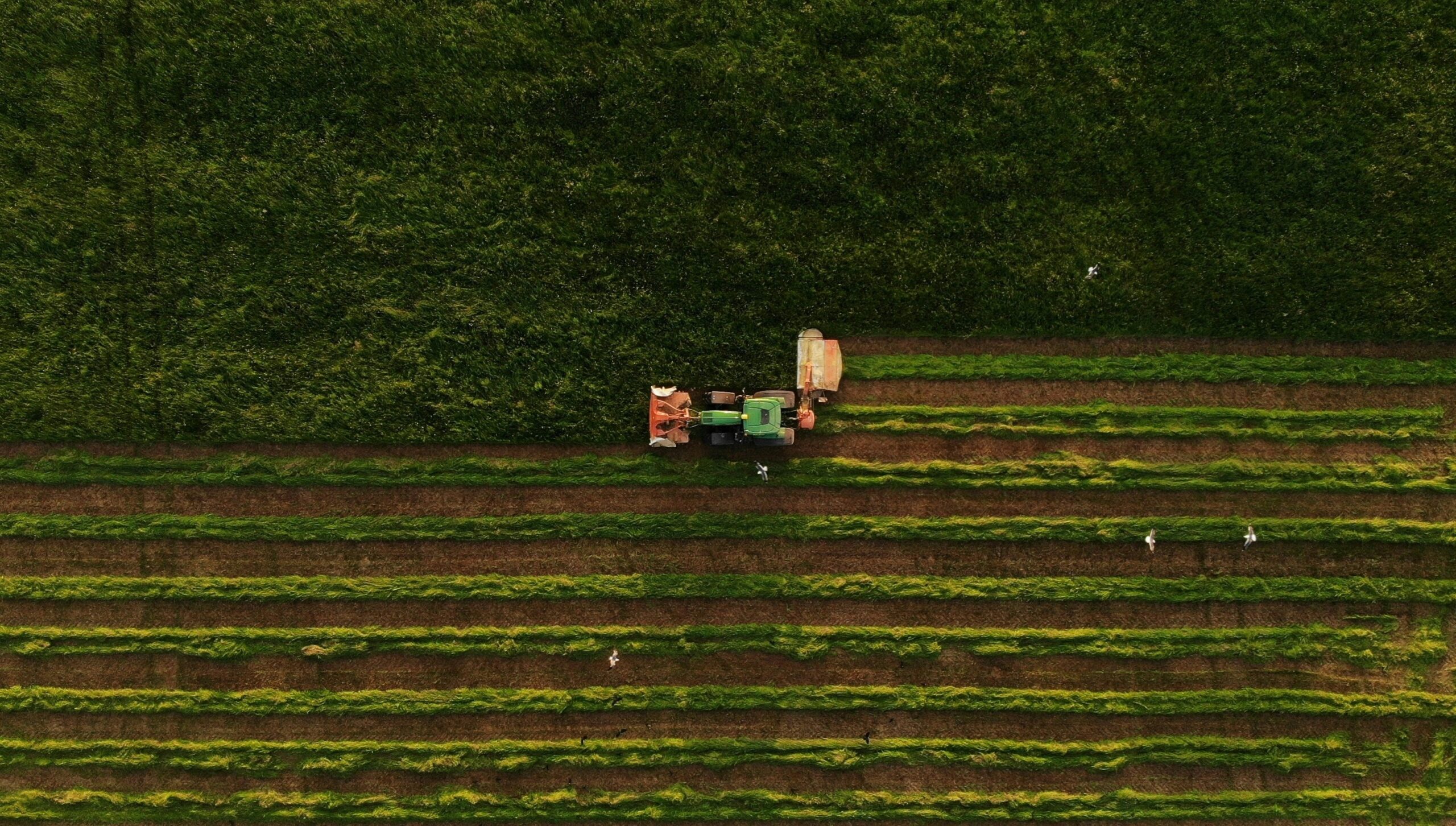When in 2018 Ben Enwonwu’s 1974 portrait of the Ife princess Adetutu Ademiluyi, Tutu, sold at Bonham’s for £1.2m (four times its upper estimate), the author Ben Okri noted that “modern African artists are entirely absent from the story of…
Blog
-
Just a moment…
Just a moment… This request seems a bit unusual, so we need to confirm that you’re human. Please press and hold the button until it turns completely green. Thank you for your cooperation!
Continue Reading
-
Just a moment…
Just a moment… This request seems a bit unusual, so we need to confirm that you’re human. Please press and hold the button until it turns completely green. Thank you for your cooperation!
Continue Reading
-

‘She does terrible things’: what can a Marvel director do with Ibsen’s ruthless heroine Hedda Gabler? | Film
Nia DaCosta and Tessa Thompson are reminiscing about the first time they met, at Sundance film labs where DaCosta was workshopping her debut feature, Little Woods. “Honestly, Tessa had a great vibe,” says DaCosta. “She was super open, super…
Continue Reading
-
More than 212,000 children at risk of acute watery diarrhoea and other deadly waterborne diseases in earthquake-hit eastern Afghanistan – Unicef
- More than 212,000 children at risk of acute watery diarrhoea and other deadly waterborne diseases in earthquake-hit eastern Afghanistan Unicef
- Afghan earthquake triggers contradictory Taliban tactics on rescuing women NPR
- UNICEF:…
Continue Reading
-

Charlie Chaplin’s ‘The Great Dictator’ still stands up 85 years later : NPR
It’s been 85 years since The Great Dictator dazzled audiences in 1940. It was a big risk for one of the world’s most…
Continue Reading
-

Fujifilm’s refreshed Instax mini LiPlay has an extra camera for selfies
Fujifilm just announced the , which is a refresh of the . It’s been six long years, so the company has added some nifty features here.
First of all, there’s a second camera on the rear that’s intended for selfies. It features a wide-angle lens and…
Continue Reading
-
Just a moment…
Just a moment… This request seems a bit unusual, so we need to confirm that you’re human. Please press and hold the button until it turns completely green. Thank you for your cooperation!
Continue Reading
-

Lakshya Sen, Satwiksairaj Rankireddy-Chirag Shetty advance to pre-quarterfinals
Lakshya Sen and India’s top men’s doubles duo of Satwiksairaj Rankireddy and Chirag Shetty rallied from a game down to win their respective opening round matches at the Denmark Open 2025 badminton tournament in Odense on Wednesday.
Competing…
Continue Reading
-

The Transformative Power of AI: Smarter Field Management, Happier Farmers
Agriculture serves as a key bedrock of society. Technological advancements are positioned to help significantly advance this sector, as artificial intelligence (AI) use in agriculture is “projected to grow from $1.7 billion in 2023 to $4.7 billion by 2028.”
McKinsey & Company asserts that “Agriculture is particularly well suited for disruption by AI and gen AI because of its high volumes of unstructured data, significant reliance on labor, complex supply chain logistics, and long R&D cycles, as well as the sheer number of farmers who value customized offers and low-cost services.” The predictive capabilities of AI in particular are transforming several areas, including problem-solving, regenerative agriculture, yield management and industry workflow.
In a Forbes article last year, three key issue areas that AI could help to significantly address were discussed: pest control, soil degradation, irrigation and weed management. Across the globe, these problems are responsible for annual losses of $70 billion, $400 billion and $32 billion, respectively.
AI tools can analyze large amounts of data available from things like historical pest activity and high-resolution drone or satellite images to help quickly and accurately “predict pest invasions and identify pests in the field,” allowing for “targeted interventions, significantly reducing crop losses and chemical usage.” The company Trapview has a device that, using pheromones, is able to attract, trap and identify over 60 pest species. The AI that is used to identify the species is then able to pull in other data on location and weather to predict “the likely impact of the insect and sends the findings to farmers via an app,” also sending calculations for “where and when best to use pesticides…significantly reduc[ing] the use of chemical sprays.”
Utilizing “data from in-ground sensors, farm machinery, drones, and satellites,” AI can also “analyze soil conditions, including moisture content, nutrient levels, and the presence of pathogens.” This data can be used to improve soil health as well as “predict water needs and automate irrigation systems,” which is another big area in need of improvement, as faulty irrigation is responsible for wasting 60% of the freshwater used in the agriculture industry. CropX, an AI-powered field health system, reports “that its solutions have led to a 57% reduction in water usage, a 15% reduction in fertilizer usage, and up to 70% yield increase.”
AI-powered image processing is also capable of identifying weeds with high precision and killing them without harming the crops or soil. In a video created by the World Economic Forum, they spotlight an autonomous robot, “Concentrated Light Autonomous Weeding and Scouting,” or CLAWS for short, that uses AI to identify crops and then zaps the growing point of weeds with blasts of concentrated light. Along with its accuracy, it runs by itself using battery and solar power, can operate in rainy weather and covers a little over 11 acres per day. The startup Carbon Robotics uses similar technologies and processes, claiming “to weed up to two acres per hour and eliminate up to 5,000 weeds per minute at 99% accuracy,” with “Its growers report[ing] reducing weed control costs by up to 80% with a potential return on investment in one to three years.”
AI can also serve a pivotal role in regenerative agriculture, or an approach that “aims to actively improve soil health, increase biodiversity, enhance ecosystem services,” as well as “promotes increasing plant diversity through crop rotation and cover crops, and gradually reduces synthetic inputs over time,” to improve overall sustainability. The tech can be a powerful assistant, “enabling farmers to track improvements and detect issues with unprecedented accuracy” and create predictive performance analytics through the use of large swathes of integrated historical data of satellite images, maps, etc. As the World Economic Forum notes, AI transforms “reactive farming practices into proactive agricultural management strategies.”
In terms of generating economic value, rather than primarily reducing losses, AI is further expected to create $100 billion worth of value on farms (in yield production) and $150 billion for the agriculture enterprise as a whole (in overall industry business functions). AI could be incorporated into better-informed decision-making by individual farmers, which will ultimately optimize inputs, reduce waste and lead to better yields. On the broader business scale, generative AI can be integrated into both industry research and discovery to help with things like crop innovation, and in the supply chain to “help monitor and identify potential disruptions, such as fluctuations in the weather or changes in global trade flows.”
As with the adoption of any new technologies, there are associated risks and valid concerns. One of the most notable concerns in terms of AI adoption is that of job losses. A March 2025 MIT Sloan study counters this fear, suggesting that AI is more likely to complement, not replace, human workers. This point is further supported by data showing that as the technology develops, agriculture is in fact expected to gain new jobs, with an expected 30% increase, including almost 3 million new jobs for agricultural equipment operators by 2027.
Efforts are also already underway to train students, the next generation of farmers and agricultural experts on how to use AI. Microsoft’s FarmBeats for Students is a “micro:bit-based hardware kit with free curated curriculum and activities designed to give students hands-on experience with precision agriculture,” that “empowers educators to inspire their students with exciting possibilities at the intersection of technology, agriculture, and sustainability.” The program focuses on honing students’ ability to gather data through sensors, analyze big data sets and unlock deeper data insights through the leveraging of AI tools. This example, out of the many initiatives across the country of targeted AI education integration, is extremely valuable in ensuring America’s youth are prepared to harness technological innovations to one day meaningfully contribute to the world, in agriculture and beyond.
These are just a few of the ways AI tools are being and will continue to be integrated into agriculture. By creating pro-innovation regulatory frameworks, the U.S. can continue to see significant advancements, from industries as vital as how our food is produced to whatever new applications America’s future entrepreneurs are able to have the freedom to create.
Image via Unsplash.
Continue Reading
